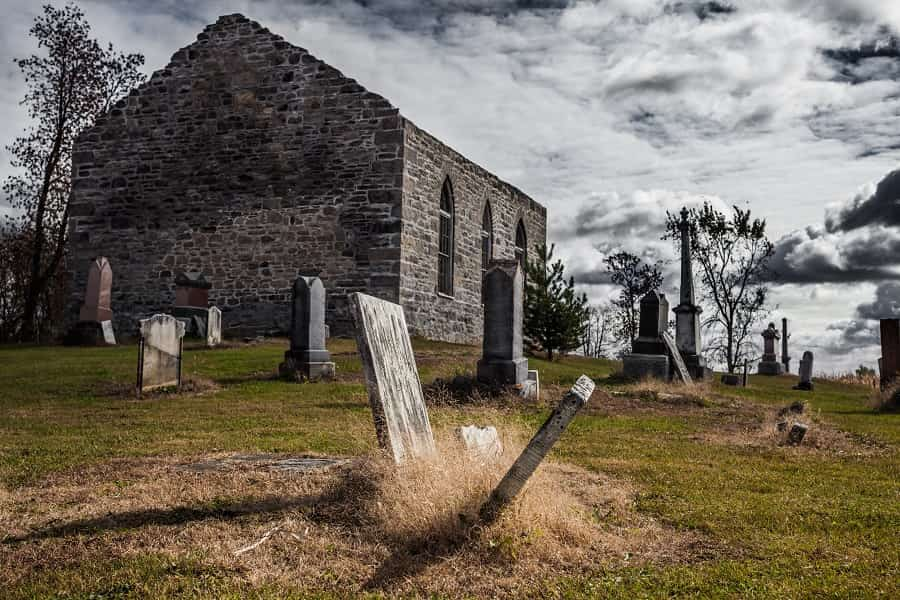The Church of England is creating a new database called “Google Maps for graves” that aims to reduce the amount of requests being made to Vicars for information about family trees.
Laser scanners are being used to map every grave, headstone and memorial in England’s 19,000 graveyards in a bid to provide a free database so that people can locate the burial sites of their loved ones.
Funding for the project is being provided by Historic England and the National Lottery Heritage Fund and genealogy websites Family Search and My Heritage. The company Atlantic Geomatics is responsible for mapping all churchyards, which will take around seven years to complete. Work has started in Cumbria and the first digitised churchyards are expected to be online by autumn.
Mr Viney, owner of Atlantic Geomatics, explained how the system will work:
“Once every churchyard is mapped, the benefit will be that each church will have the same quality and standardised electronic records of their graves. There will also be a permanent record of any gravestone inscriptions which become weathered or eroded over time.
Each church will be able to keep it up-to-date themselves as they will be able to access their churchyard with a small monthly subscription and they can add photographs of headstones and new burial records.”
Once finished, the system will enable access to detailed information such as searching for every war grave in England. Viney also hopes to expand the project to other religious denominations and other countries, with the ultimate goal being to add marriage and baptism records to the system as well. This would eventually facilitate searches for where an individual was baptised, married and buried.
It is thought that TV programmes and an increase in online databases and DNA test websites have led to an increase in requests for ancestral and family tree information, which has begun to place pressure on Vicars.
Archdeacon Pratt of St Mary’s in Thornthwaite said:
“Most churchyards do have plans, but they tend to be handwritten on bits of paper and are often big so difficult to copy … this project will give really good online access to records and much more accurate and up-to-date information and help vicars organise their churches.”
“It also means vicars won’t have to feel bad about saying no to people wanting to track down long lost ancestors and research their family tree.”




















